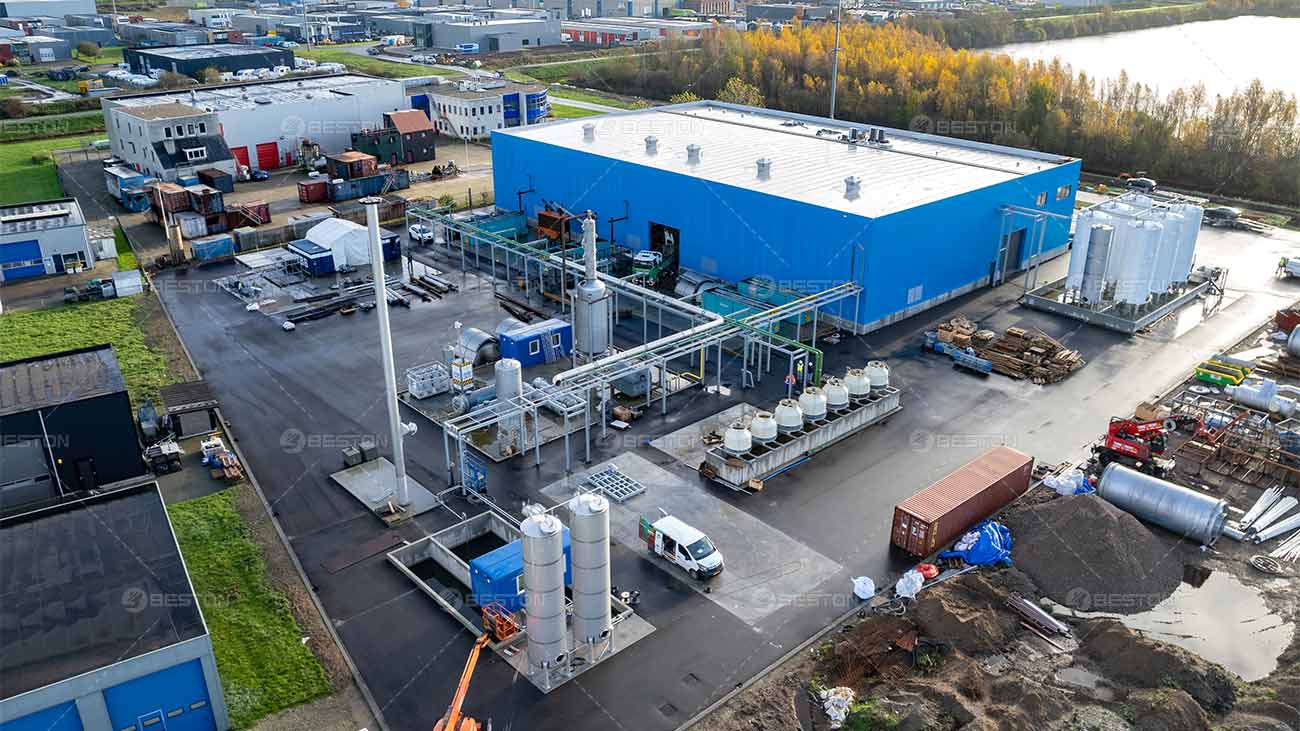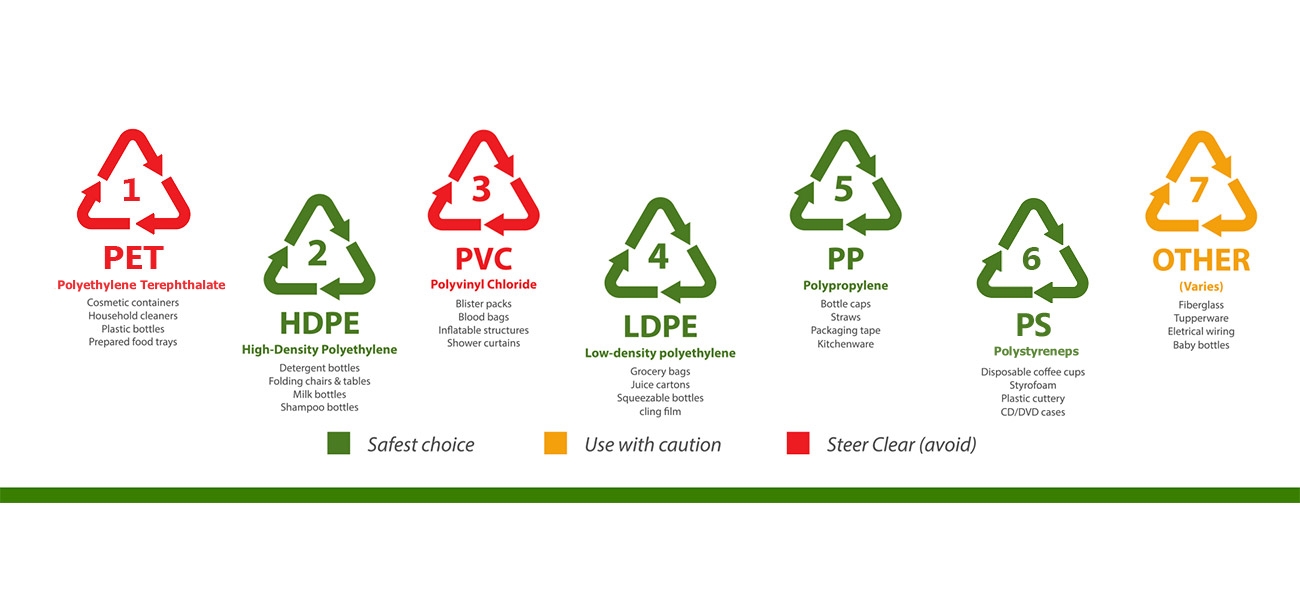In the realm of sustainable waste management, plastic pyrolysis plants have emerged as a promising solution, offering an innovative approach to tackle the burgeoning issue of plastic pollution. However, before delving into the intricacies of this technology, it’s imperative to understand the cost implications associated with establishing and operating such facilities.

Understanding Plastic Pyrolysis Plant
Plastic pyrolysis equipment utilize the process of pyrolysis, a thermochemical decomposition of organic material at elevated temperatures in the absence of oxygen, to convert plastic waste into valuable products such as fuel oil, carbon black, and gas. This process not only mitigates the environmental impact of plastic disposal but also presents an opportunity for resource recovery and energy generation.
Factors Influencing the Cost of Plastic Pyrolysis Plant
Various factors influence establishing and operating a plastic pyrolysis plant cost, each playing a pivotal role in determining the overall investment and operational expenses.
- Technology and Equipment: The choice of technology and equipment significantly impacts the cost structure of a pyrolysis plant. Advanced systems equipped with state-of-the-art reactors and control mechanisms may entail higher initial capital expenditure but often offer superior efficiency and product quality.
- Capacity and Scale: The scale of the plant, measured in terms of processing capacity, directly correlates with the investment required. Larger facilities capable of processing higher volumes of plastic waste generally incur greater costs for infrastructure, machinery, and operational logistics.
- Feedstock Acquisition: The availability and cost of feedstock, primarily plastic waste, play a crucial role in determining the economic feasibility of a pyrolysis plant. Factors such as proximity to waste sources, collection infrastructure, and market dynamics influence the procurement cost of feedstock materials.
- Regulatory Compliance: Compliance with environmental regulations and industry standards adds a layer of cost to the establishment and operation of pyrolysis plants. Investments in emission control systems, waste management protocols, and safety measures are essential for ensuring regulatory compliance and minimizing potential liabilities.
- Energy Consumption: The energy requirements for heating the pyrolysis reactors and auxiliary processes constitute a significant portion of the operational costs. Optimal energy management strategies, including the utilization of waste heat recovery systems and renewable energy sources, can mitigate energy expenses and enhance the overall cost-effectiveness of the plant.
Breakdown of Cost Components
- Capital Expenditure (CAPEX): The initial investment in land, infrastructure, machinery, and technology constitutes the capital expenditure of a plastic recycling machine. This includes expenses related to site preparation, construction, equipment procurement, installation, and commissioning.
- Operating Expenses (OPEX): The ongoing operational costs encompass a wide range of expenditures, including labor wages, utilities, maintenance, raw material procurement, transportation, and administrative overheads. Efficient management practices and optimization of operational processes are essential for controlling these expenses and maximizing profitability.
- Return on Investment (ROI): The financial viability of a pyrolysis plant is evaluated based on its return on investment, which considers both the initial capital outlay and the revenue generated from the sale of end products. The payback period, depreciation schedules, and profit margins influence the ROI calculation and long-term sustainability of the business venture.

Conclusion
In conclusion, while the establishment of plastic pyrolysis plants involves significant upfront investment and operational complexities, the potential environmental benefits and economic opportunities make it a compelling avenue for sustainable waste management. By comprehensively assessing the cost dynamics and implementing strategic measures to optimize resource utilization and operational efficiency, stakeholders can unlock the full potential of this innovative technology in addressing the global challenge of plastic pollution.
By embracing a holistic approach that balances economic considerations with environmental stewardship, the transition towards a circular economy model can be accelerated, paving the way for a more sustainable future. Visit Beston Company for more!